
Beasley Bequest Benefits Sculptors
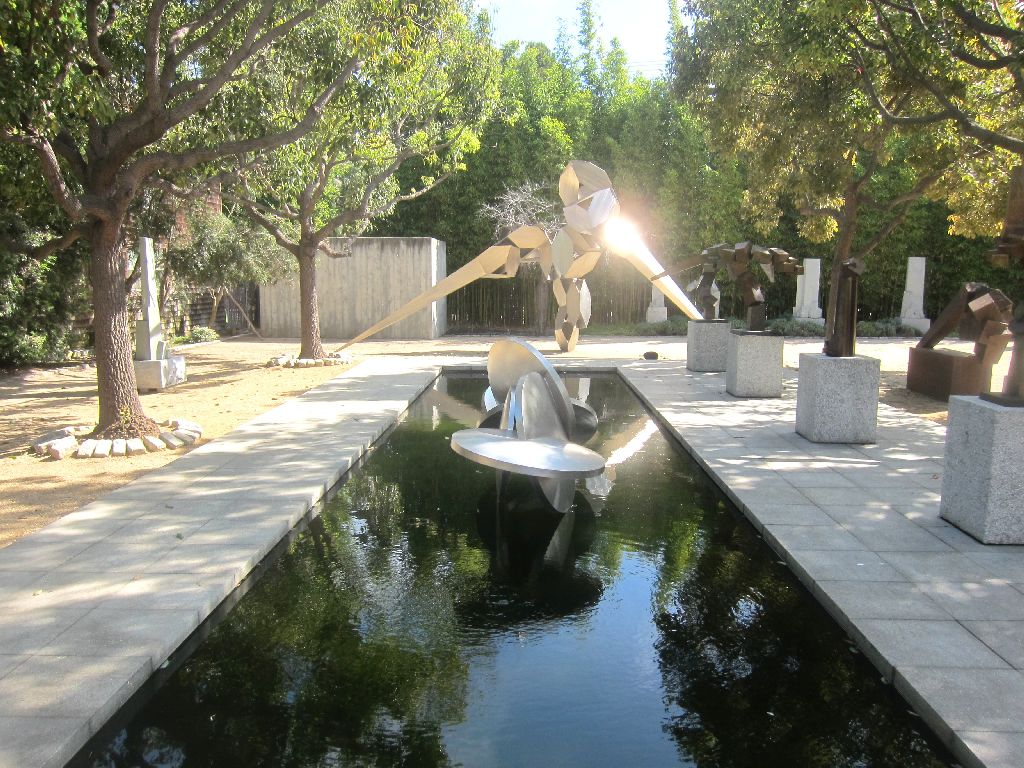 |
|
|
Artist Bruce Beasley, who has been creating joyful sculptures for 50 years, has created joy among art lovers by donating his studio, garden and many of his sculptures to the Oakland Museum of California.
Officials say the donation is the biggest the museum has ever received, valued at $20 million. It includes an endowment to support operations and programs. The studio includes two immense, factory-sized work spaces, a sculpture garden and more.
Larry Rinder, director of the Berkeley Art Museum, called the studio complex “an art paradise.”
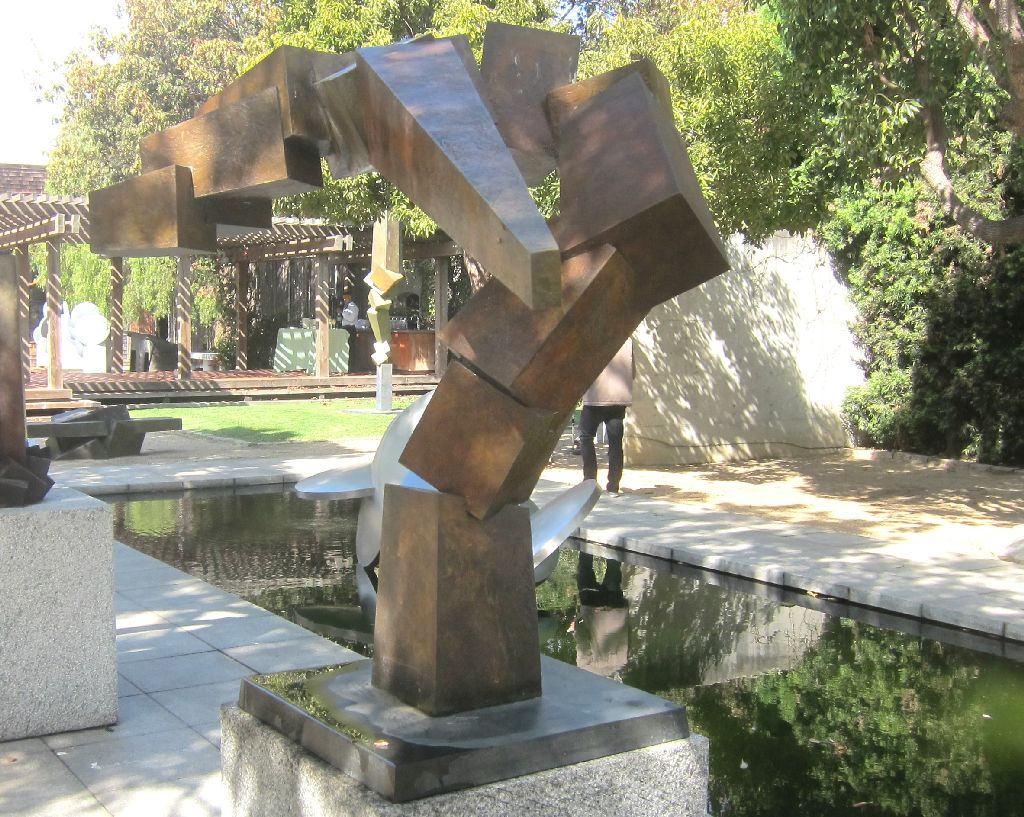 |
|
|
Lori Fogarty, Oakland Museum director, said the Bruce Beasley Sculpture Center will display the artist’s work, other sculpture exhibits, could provide working space for sculptures from around the world. There could be artist in residency programs, a library, educational and research programs.
She said the complex would become known nationally and internationally as one of the largest and best places to view and, perhaps, create sculpture.
But none of this will happen immediately as the bequest comes to the museum only after Beasley no longer needs the place. There will, however, be some public access to the center soon, including annual tours.
The family home will remain in the possession of the family – a wife and two daughters, who were also thanked by Fogarty for the donation.
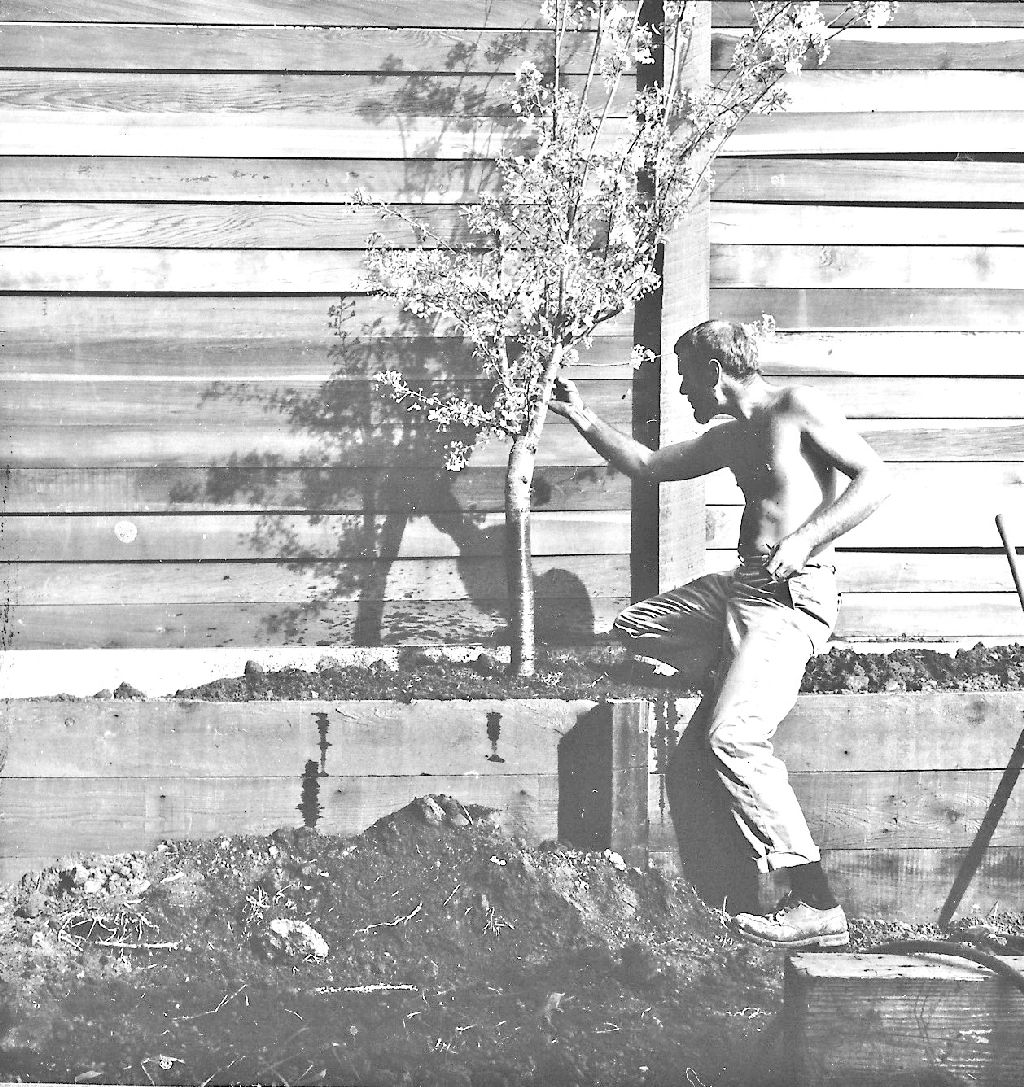 |
|
|
Beasley, 75, and in fine form at the recent official announcement and celebration, continues to turn out large scale sculptures.
At the event, he told the crowd that his motivation was to help sculptors who have not received “the critical and financial success I had” to work. He called such sculptors – the vast majority of people working in the field – “the real heroes,” for their perseverance in following a challenging, expensive, backbreaking art.
He discussed his love for sculpture, calling it “the emotional language of shape.”
“It sings the song of form, line, space and volume.”
Beasley’s art, in granite and steel, acrylic and more, can be found in many museums. Few Californians haven’t enjoyed, walked past, or leaned up against one of his public works. They can be found at Stanford University, at the Federal Home Loan Bank in San Francisco, at Berkeley Rep, at the Gateway Center in Walnut Creek, the santa Clara Valley Medical Center, and in Oakland and Palo Alto.
Detroit, England, and Frankfurt are among the far-flung locations that enjoy their Beasleys.
Although there is nothing overtly political or socially conscious about Beasley’s art, there is about the artist.
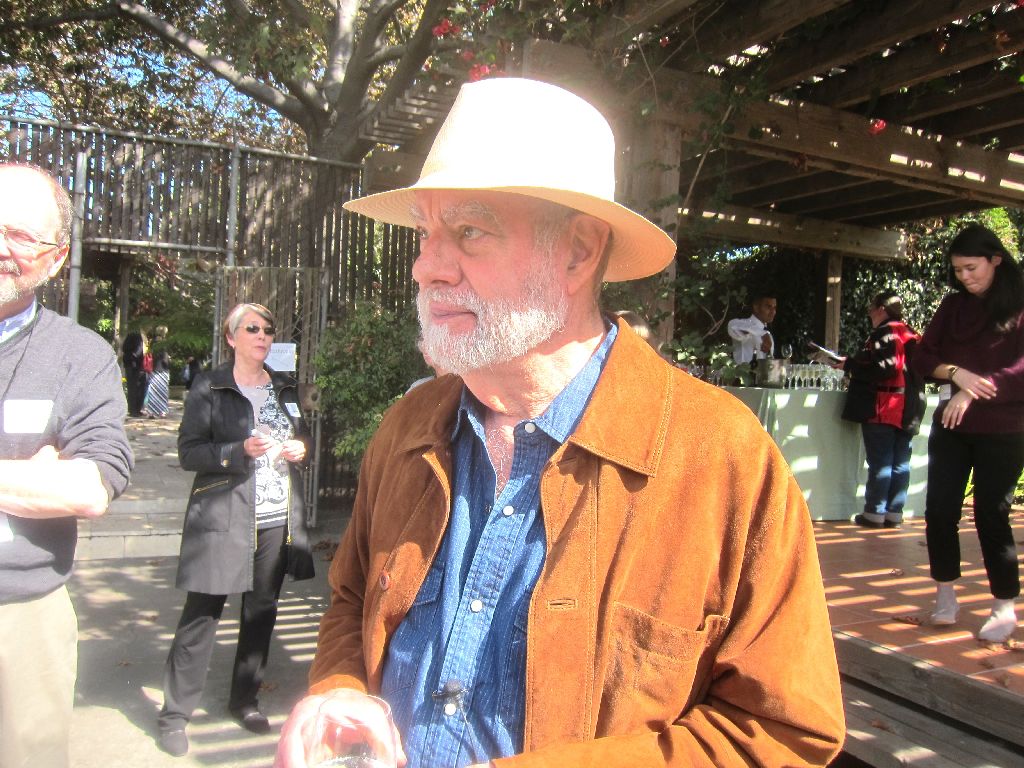 |
|
|
Building a studio in West Oakland when the neighborhood was filled with “junkyards and loose running dogs everywhere,” Beasley worked tirelessly with longtime residents to convince federal, state and local officials to spend some cash to fix up an ignored neighborhood, said Paul Cobb, the unofficial “mayor of West Oakland,” a longtime activist and newspaper publisher.
Working with Cobb and others, Beasley helped get the neighborhood sidewalks, gutters, street lighting and a park. By locating there 50 years ago, before other artists, he also helped attract other artists and art institutions to once-bedraggled West Oakland, including the Crucible, a fire arts and glass school and studio.
Now he and his family are giving West Oakland a world class arts institution.
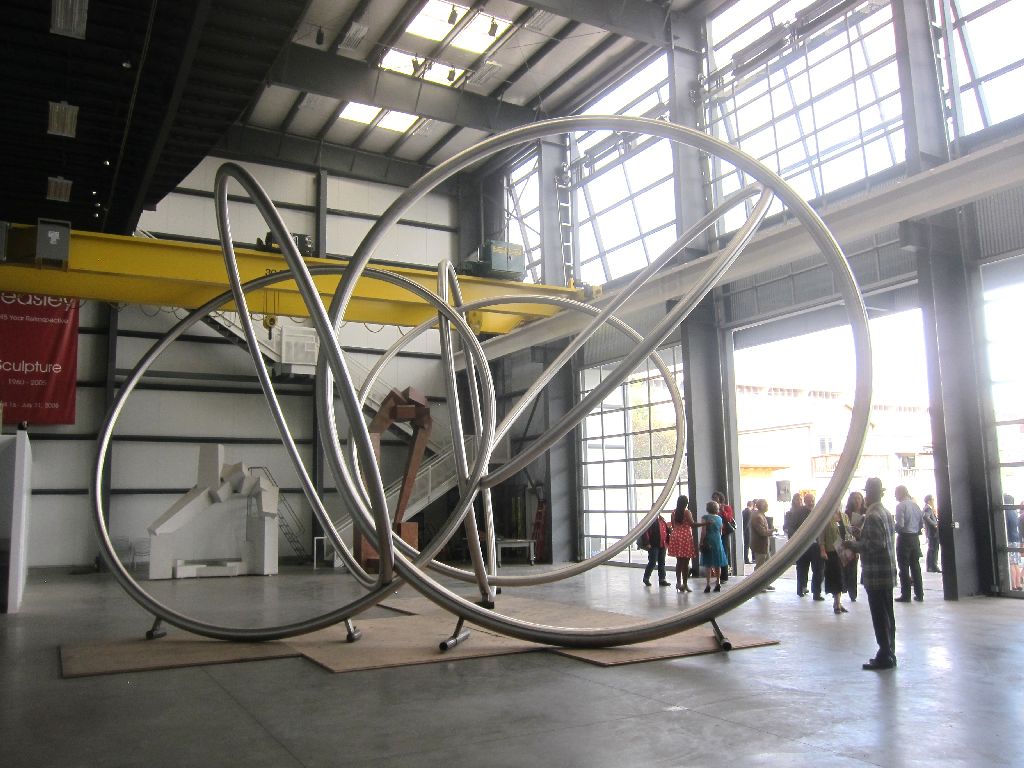 |
|
|
- ‹ previous
- 72 of 677
- next ›



